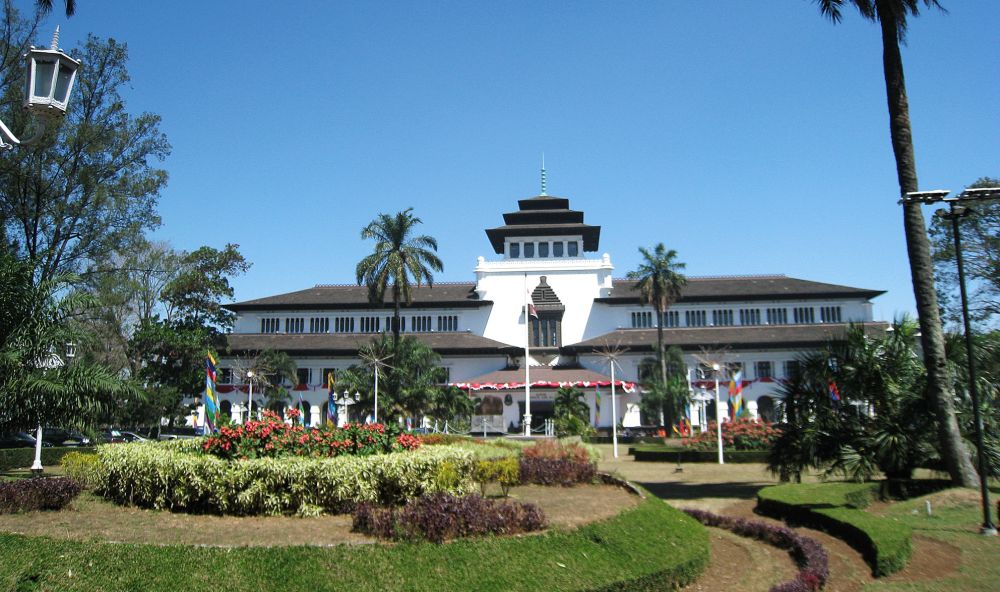

Gedung Sate, with its distinctive satay-shaped ornaments adorning the central tower, is an iconic landmark in Bandung, Indonesia. Its construction, which began in July 1920 and was completed in 1924, was part of the Dutch colonial government's plan to move some of its administrative offices from Jakarta, then Batavia, to Bandung. The building was designed by the Dutch architect J. Gerber, a proponent of the neo-Renaissance architectural style, which is reflected in the grandeur of Gedung Sate's design. Initially serving as the headquarters for the Dutch East Indies' Department of Transport, Public Works, and Water Management, it is now the office of the Governor of West Java.
The historical significance and architectural beauty of Gedung Sate have long attracted tourists from within Indonesia and around the globe. Post-independence, the landmark became synonymous with Bandung and played a pivotal role in establishing the city as a blend of cultural heritage and modernity.
In the latter half of the 20th century, Bandung developed as a university city, with Gedung Sate becoming an emblematic image for academics. Its tourism potential further expanded with the rise of educational and cultural tourism trends.
By the late 20th and early 21st century, the preservation efforts of heritage sites like Gedung Sate have been center stage in Bandung's tourism scene. The city's government has actively promoted the landmark as a must-visit destination, making it accessible for guided tours that offer insights into its historical and architectural significance.
Today, Gedung Sate stands as a testimony to the colonial past and a prime example of the fusion of European and local Sundanese cultural elements. Tourists can explore the Gedung Sate Museum in the basement, which opened in 2016, providing a digital interactive journey through the history of West Java, along with a viewing deck on the top floor offering panoramic views of the city.
Moreover, the annual Gedung Sate Festival has become a major event, drawing more visitors to the area and celebrating the building's contribution to the city's identity.
The development of digital technology has led to the creation of virtual tours of Gedung Sate, allowing broader access to its historical and architectural heritage. Additionally, the trend towards sustainable tourism has influenced local stakeholders to adopt more eco-friendly practices, ensuring the preservation of Gedung Sate for future generations.
In response to global events such as the COVID-19 pandemic, Bandung has adopted health and safety protocols for visitors, with Gedung Sate leading by example. This compliance has helped maintain tourist confidence and interest in visiting this architectural marvel.
Conclusion: Gedung Sate is more than a historical building; it is a symbol of Bandung's colonial past, a center of governance, and a beacon for tourists seeking a cultural and educational experience. As tourism trends evolve, Gedung Sate continues to adapt, ensuring that it remains a beloved and relevant destination for years to come.